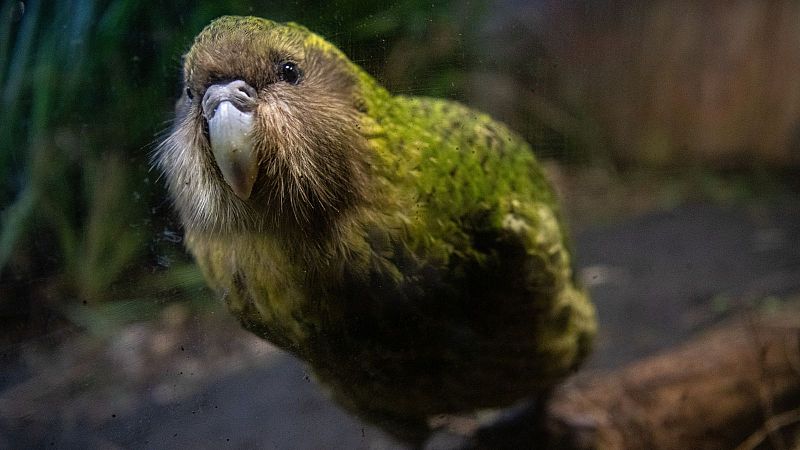
New Zealand's beloved kākāpō is a highly unusual bird. Sometimes called the ‘owl-parrot’ or ‘owl-faced parrot’ because of its facial disc, the yellow-green plumed bird is the world’s heaviest parrot - and the only one that can’t fly.
Unfortunately, it also has abnormally unproductive breeding habits. One in five males don’t father any offspring and only around two in five eggs hatch.
This has made it hard for the kākāpō to bounce back from vanishingly low numbers in the 1990s, brought down by hunting, habitat loss and the arrival of invasive ground predators such as cats, rats and ferrets on its island havens.
A 2019 count found only 142 of the species left, putting it in the ‘critically endangered’ camp according to the IUCN. So conservationists have been devising ways to help the iconic kākāpō get back on track.
Artificial insemination to the rescue
During the 1970s to 1990s, all surviving kākāpō were transferred from the two last natural populations in Fiordland and on Rakiura/Stewart Island to three predator-free islands.
But the nocturnal bird has struggled to reproduce even in this relative safety. Breeding, which depends on the episodic fruiting of trees like the rimu, is hampered by low productivity and high levels of genetic inbreeding.
“Artificial insemination is an important tool to tackle these issues, since it helps improve fertility and enables preservation of important genetic diversity from individuals which don’t mate naturally,” explains Dr Andrew Digby, Science Advisor Kākāpō/Takahē, at the Department of Conservation, and co-author of a new study on the method.
Artificial insemination comes with its own challenges, however. Although the Kākāpō Team were first successful in 2009 - a world first for a wild bird species - it has taken another ten years to repeat the feat.
After no luck for the next decade, New Zealand's Department of Conservation called in a team of parrot insemination experts from Germany to help in 2019.
How does artificial insemination of kākāpō work?
Six years ago, the team used artificial insemination to produce four chicks from three females.
These included offspring from two males which had previously not produced, including one with rare and valuable “Fiordland” genes.
It’s far less glamorous than the kākāpō’s natural ways. Unlike other parrots, the species has a polygynous ‘lek’ mating system: males gather for a courtship ritual which involves making booming noises throughout the night at their exclusive sites to attract females.
To collect kākāpō semen, the researchers restrained the male bird by covering its head and wings with a towel and placing its top half into the top half of a cut open water bottle.
Rhythmic movements of the thumb and fingers in a “squeezing” fashion on the abdomen of the bird induced ejaculation in some cases. While electric simulation using a ‘multipolar probe’ (patent pending in Germany) did the trick for others.
The male was rewarded with a nut and released, while the researchers tested the semen sample they collected from the bird’s cloaca straightway. If deemed viable, it was used to artificially inseminate females.
Following on from further successful attempts in 2022, the Kākāpō Team will again use artificial insemination in the upcoming 2026 breeding season.
They hope this will help improve fertility and preserve genetic diversity from founder kākāpō (carrying the only remaining genetics from Fiordland), which are poorly represented in the population, explains Dr Digby.







